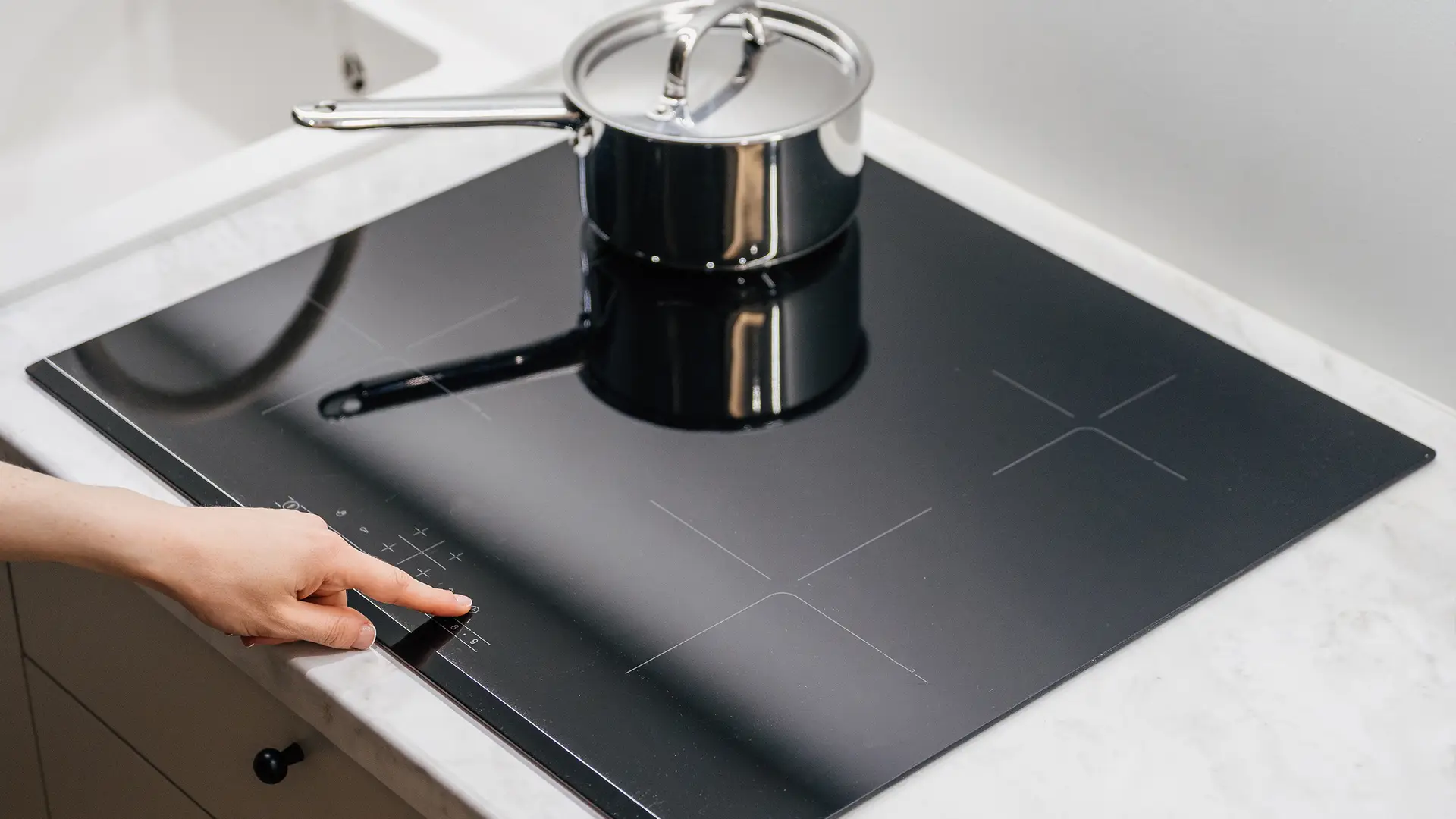Why Won’t My Hob Recognise the Pan?
If your induction hob isn’t recognising your pan, don’t panic — it’s one of the most common issues with modern hobs and usually simple to fix. Induction technology relies on magnetic contact between the hob surface and the cookware base, so if that connection fails, the hob can’t heat the pan.
1. Check if the Pan is Induction-Compatible
Induction hobs only work with pans that have a ferromagnetic baseA ferromagnetic base means the pan contains iron, which allows it to react to the magnetic field of the induction hob.. To test your cookware, hold a magnet to the base — if it sticks, it should work. Aluminium, copper, and glass pans without a magnetic layer won’t be detected.
2. Make Sure the Pan is the Right Size
Induction hobs have a minimum pan sizeEach cooking zone needs a pan large enough to activate its magnetic field — usually around 12–14cm depending on the zone size.. If your pan is too small for the cooking zone, the hob won’t register it.
3. Keep the Base Flat and Clean
Residue or warped bases can interrupt the connection. Ensure both the hob surface and pan base are clean, flat, and dry. Even small gaps can prevent proper heat transfer.
4. Centre the Pan Properly
Placing your pan slightly off-centre can stop the magnetic field from detecting it. Always position the pan directly over the marked cooking zone.
5. Check for Error Codes or Lock Settings
If none of the above work, your hob may display an error code or be in a child lockA safety feature that prevents accidental activation of the hob’s touch controls. mode. Check your user manual for troubleshooting steps or reset instructions.
6. When to Contact Support
If your hob still won’t recognise any pans, even ones you know are compatible, it could be a fault with the induction coilThe component beneath the glass surface that generates the magnetic field to heat the pan.. In that case, contact your manufacturer or a qualified technician for assistance.
Tip: Always check your hob’s manual for the minimum and maximum pan sizes recommended for each zone — using the right size ensures maximum efficiency and heat consistency.
- All Posts
- Cooker Hood Guides & Advice
- Dishwasher Guides & Advice
- General Appliance Guides & Advice
- Hob Guides & Advice
- Laundry Guides & Advice
- Microwave Guides & Advice
- Oven Guides & Advice
- Wine Cooler Guides & Advice
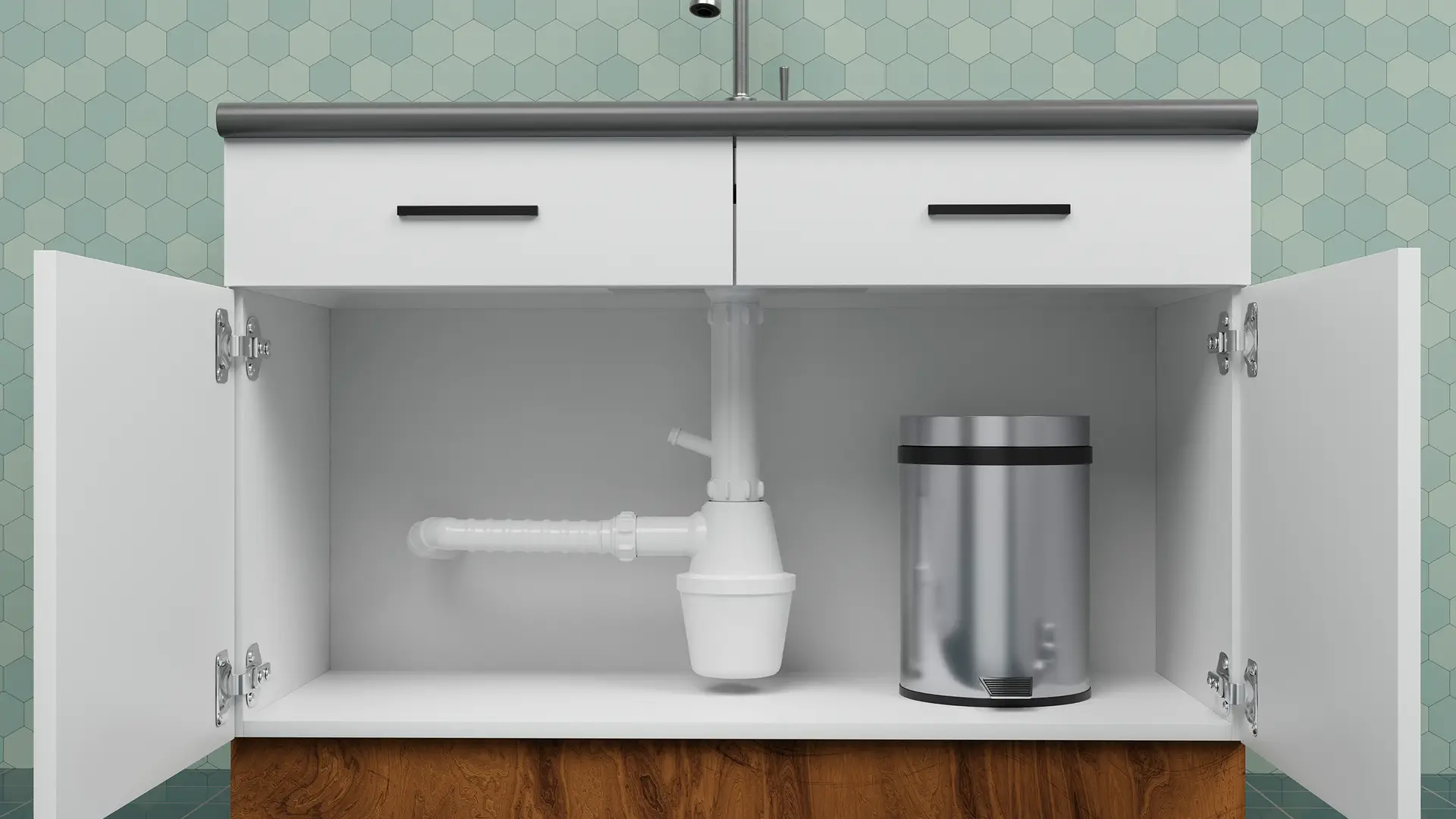
Wondering if a dishwasher can fit under your sink? Discover space-saving options, key measurements, and tips to make it work....

Learn how to store red and white wine in one cooler the right way. Discover the ideal temperatures and best...
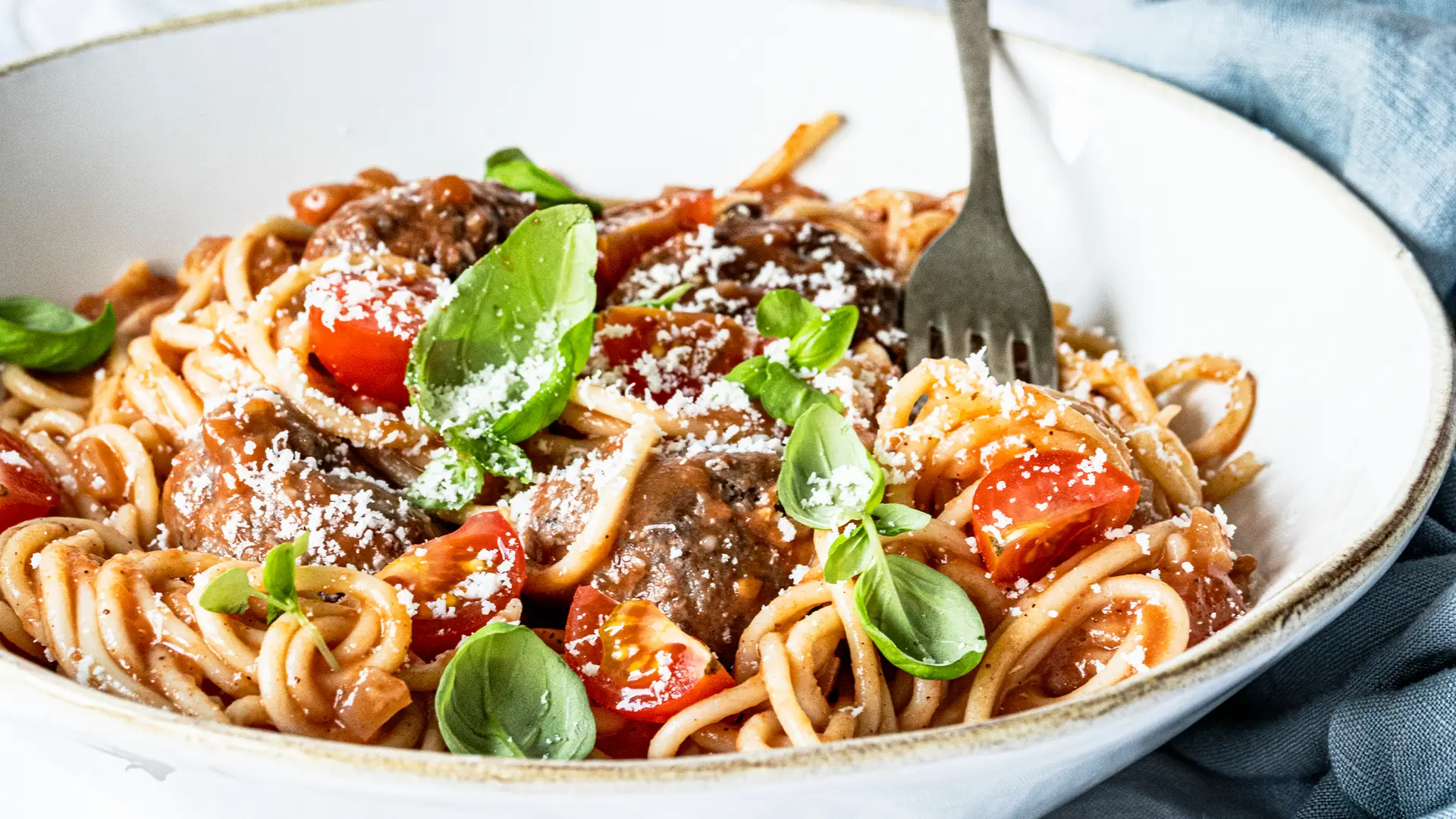
Master pasta cooking on your induction hob with our simple step-by-step guide. Learn timings, tips, and tricks for perfect results...
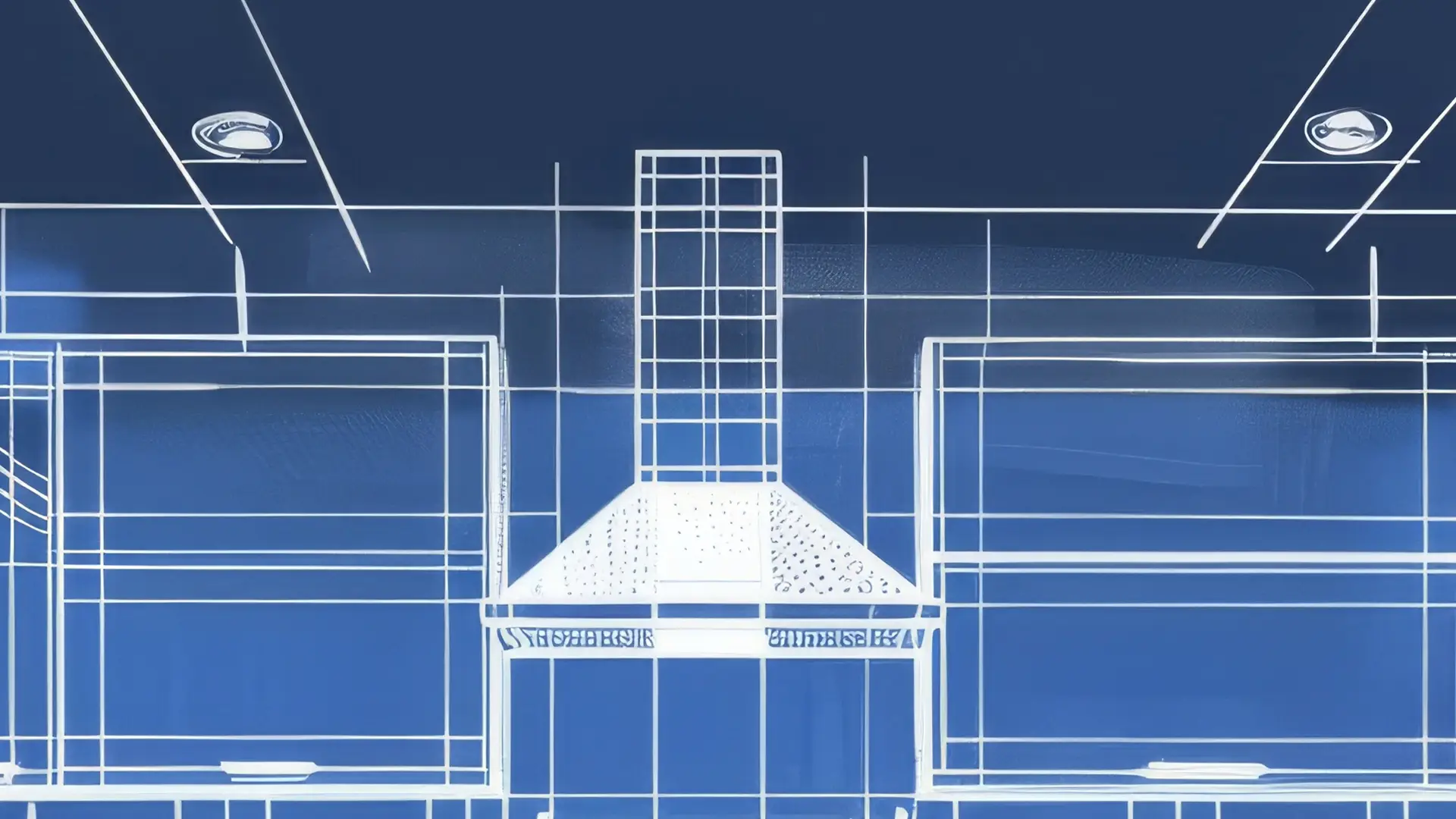
Find the ideal cooker hood size for your hob. Learn how to match width, choose the right extraction rate, and...
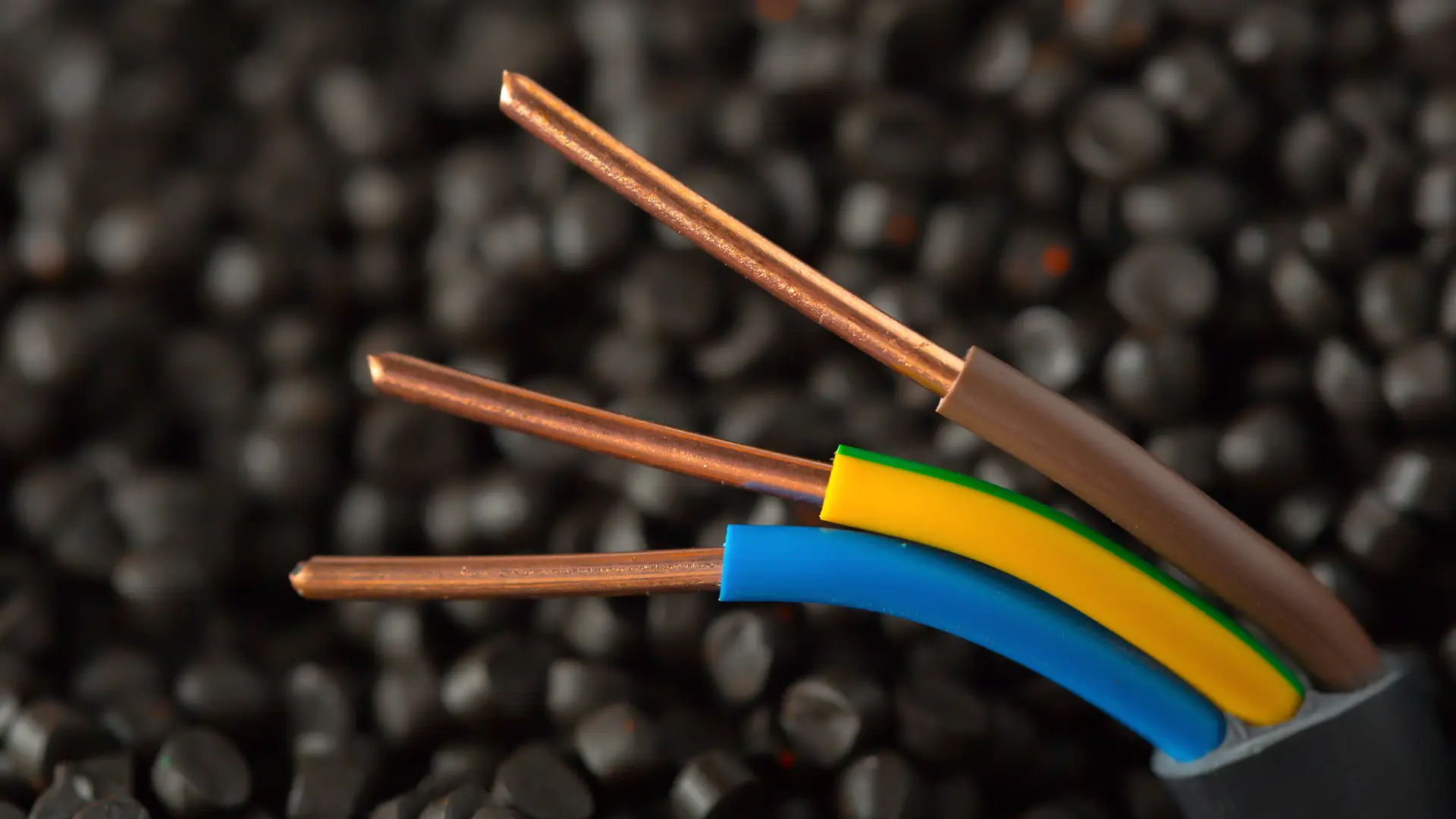
Not sure if your induction hob needs special wiring? Learn when a 13-amp plug is enough and when a dedicated...
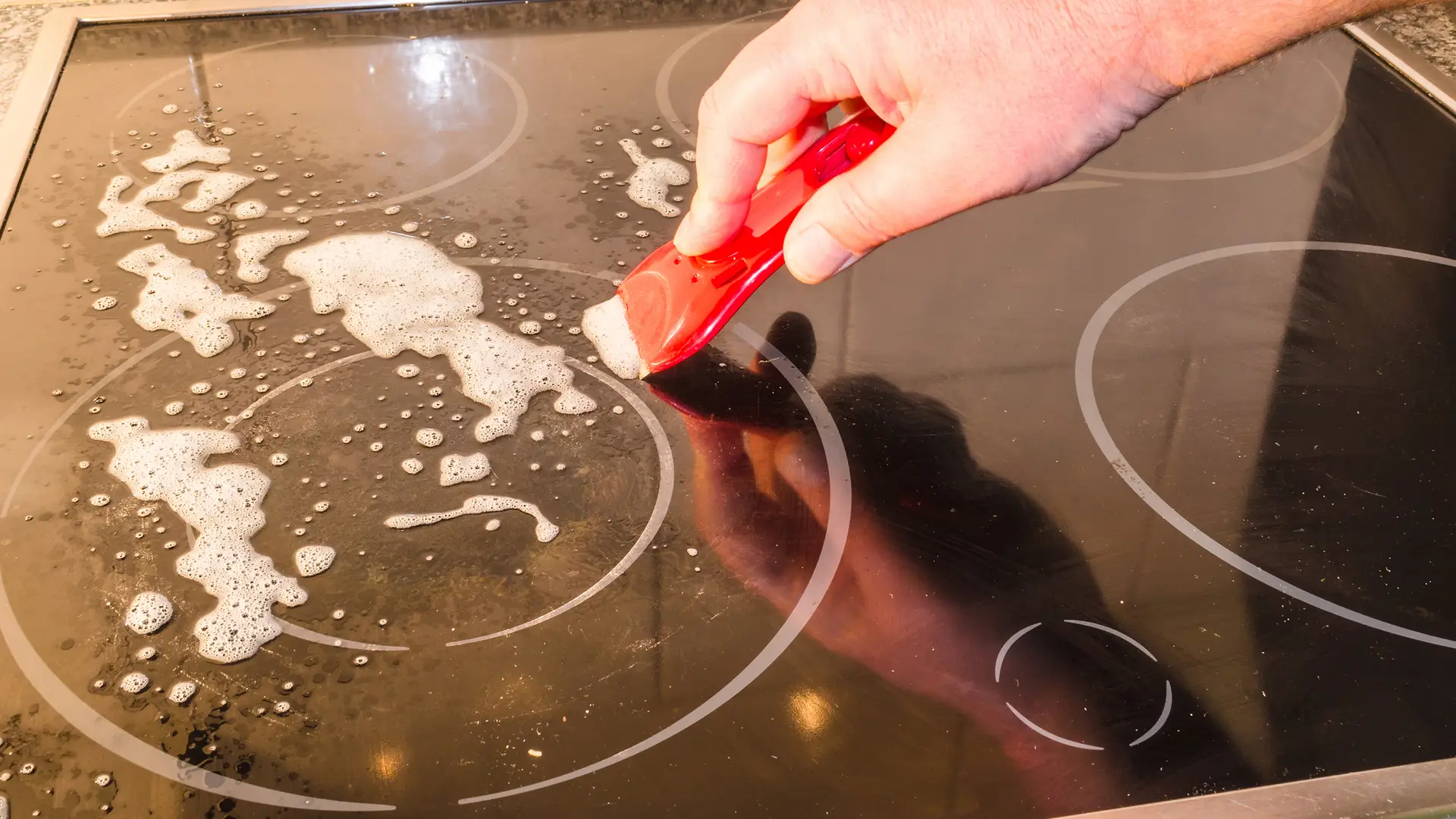
Learn whether induction hobs scratch easily and how to prevent damage. Discover simple cleaning and care tips to keep your...
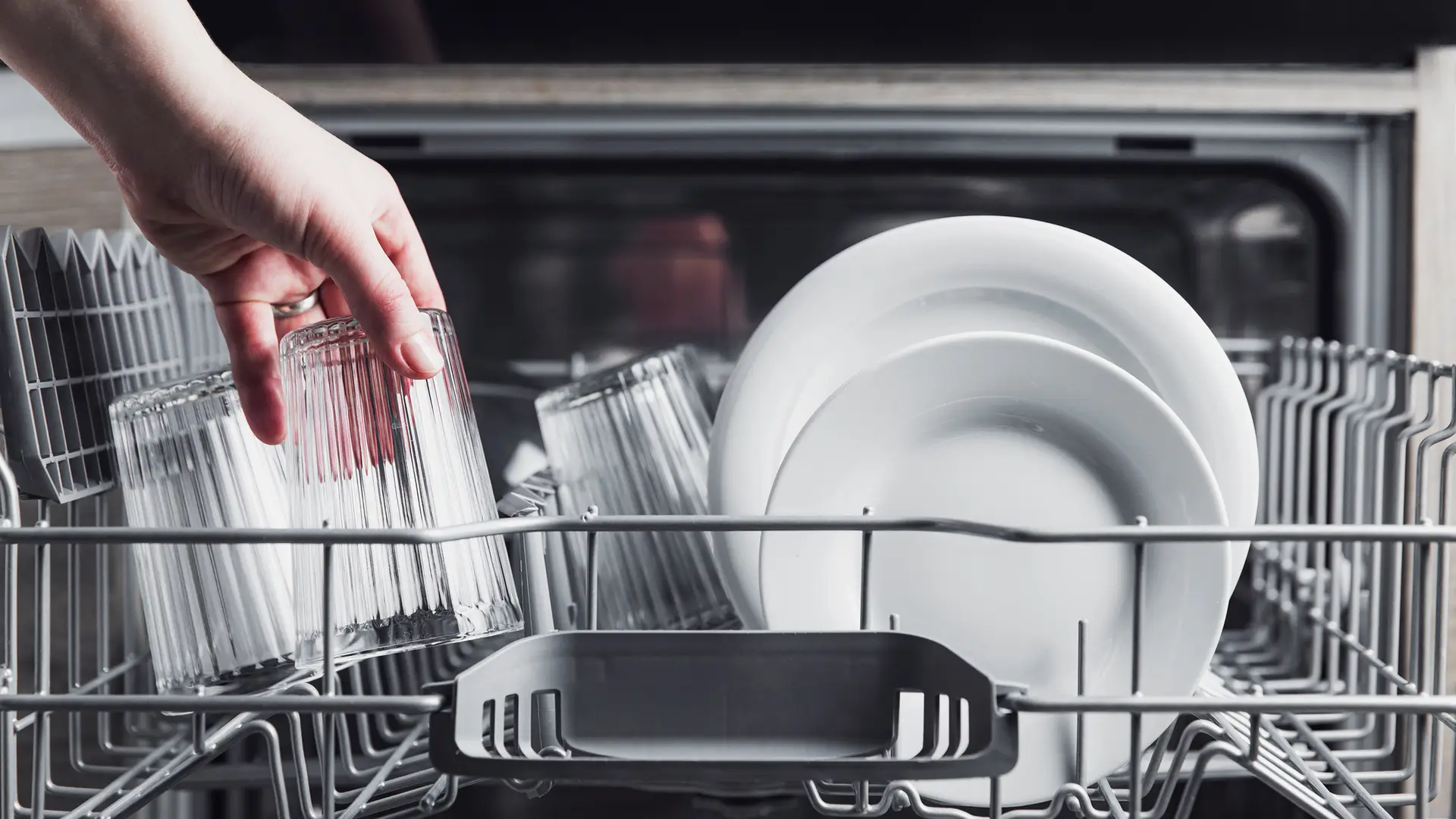
Discover if paying extra for an energy-efficient dishwasher is worth it. Learn how efficient models save money and energy over...

Home / Appliance Guides & Advice Why Is My Fridge Making a Humming Noise? If your fridge is humming, it’s usually...

Find out which hob type is the cheapest to run. Compare gas, induction and electric to save on your energy...
